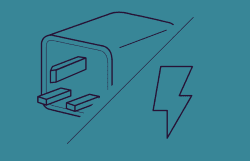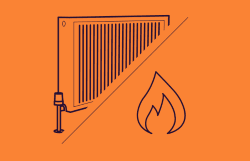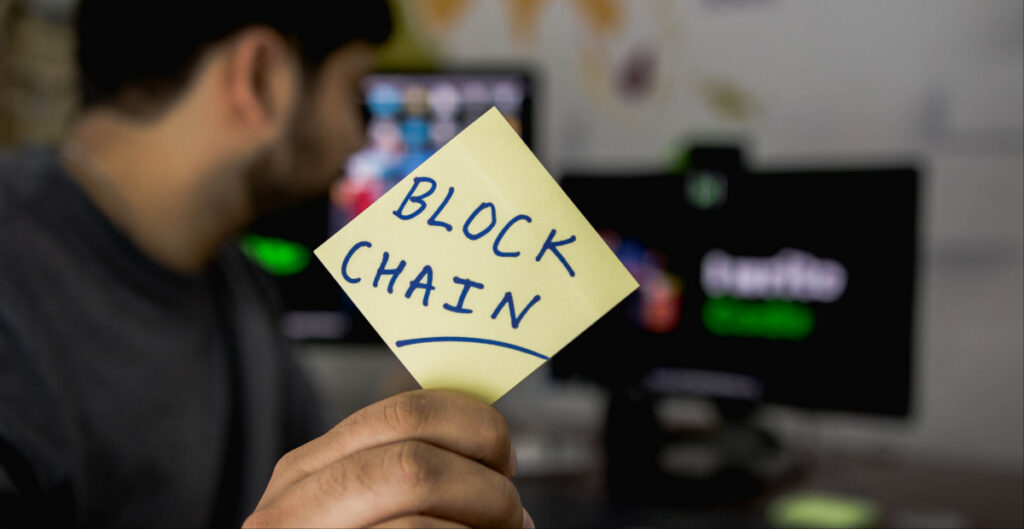What Are DERs?
Distributed Energy Resources (DERs) are a critical component of the evolving energy landscape. DERs encompass a wide range of decentralized, small-scale power generation and storage technologies, including solar panels, wind turbines, microgrids, and energy storage systems. These resources play a pivotal role in enhancing the resilience, sustainability, and efficiency of the energy system.
The integration of DERs is facilitated by the Internet of Things (IoT), enabling real-time monitoring and control. This empowers consumers, often referred to as prosumers, to actively participate in the energy market. Peer-to-peer energy trading, facilitated by blockchain technology, is becoming more prevalent, allowing individuals and businesses to buy and sell excess energy directly.
The use of DERs reduces grid fluctuation, harnesses the potential of wind and solar power, and improves grid robustness. Furthermore, DERs lower operating costs and offer an array of choices for consumers, especially with the growing popularity of photovoltaic systems. This diversification of energy sources leads to a more sustainable and resilient energy system, a crucial aspect of energy transition and meeting energy needs in the future. As the energy market evolves, DERs are expected to play an increasingly significant role, and the potential for future research and development in this field remains vast.
Energy Trading Strategy of Distributed Energy Resources Aggregator in Day-Ahead Market Considering Risk Preference Behaviors
The energy trading strategy of a Distributed Energy Resources (DERs) aggregator in the day-ahead market can significantly impact grid stability and cost savings. This strategy, especially in the context of renewable energy, is crucial for both utilities and prosumers.
Incorporating DERs like wind power, photovoltaic (PV) systems, and microgrids into the energy market brings unique challenges, such as dealing with the intermittent nature of these resources. To address these issues, decision theory and robust optimization models are utilized. These models account for grid fluctuation and uncertainties in energy generation, ensuring a reliable power system.
Furthermore, with the rise of IoT devices and real-time data analytics, DER aggregators can make more informed decisions. Peer-to-peer energy trading platforms, enabled by blockchain technology, play a role in selling excess energy within communities, enhancing the flexibility and resilience of the energy system.
This energy trading strategy optimizes resource allocation and aggregation, taking into account risk preferences and market dynamics. As the energy market continues to evolve with new market entrants like electric vehicles and distributed generation, these strategies play a crucial role in ensuring reliable and cost-effective energy supply for all stakeholders.
Controllable distributed energy resources (DERs) are key to the successful transition to a zero-carbon grid.
Controllable distributed energy resources (DERs) are instrumental in achieving a successful transition to a zero-carbon grid. As the world increasingly embraces renewable energy sources like wind power and photovoltaic (PV) systems, managing the intermittent and variable nature of these resources is paramount. DERs, including microgrids, offer a solution by providing a level of control over energy generation and consumption.
The integration of DERs, coupled with the Internet of Things (IoT), allows for more granular insights into energy consumption patterns and grid fluctuations. It enables the implementation of advanced forecasting models based on decision theory and robust optimization. These models aid utilities in efficient energy trading in day-ahead markets.
Furthermore, DERs enable peer-to-peer energy trading, creating a community of prosumers who can share excess energy. This not only enhances grid robustness but also reduces operating costs and allows for the monetization of surplus energy.
In the journey towards a zero-carbon grid, DERs and their controllability play a pivotal role in ensuring a resilient, sustainable, and cost-effective energy system. This approach is vital for the energy transition and achieving our renewable energy goals by 2023 and beyond.
Peer-to-peer energy trading: A review of the literature
Peer-to-peer (P2P) energy trading has emerged as a promising innovation in the realm of distributed energy resources (DERs). This dynamic approach leverages the power of the Internet of Things (IoT) to connect prosumers directly, allowing them to buy and sell excess energy among themselves. A comprehensive review of the literature sheds light on the multifaceted implications of P2P energy trading.
One of the pivotal advantages of P2P trading is its potential to unlock the full value of DERs. By providing a platform for energy sharing, P2P trading optimizes the utilization of renewable resources like solar power and wind energy. This promotes grid robustness and can even result in a more sustainable and efficient energy system.
The literature highlights various P2P models and frameworks, from blockchain-based platforms to utility-operated systems. Researchers employ decision theory and robust optimization models to design and implement efficient P2P energy trading systems. These systems are not only beneficial for reducing operating costs but also contribute to grid stability and reliability.
As we move toward a future with new energy market dynamics, P2P energy trading stands out as a transformative solution. It empowers prosumers, enhances grid resilience, and accelerates the transition to renewable energy sources. While challenges like market regulations and real-time analytics need to be addressed, this innovative concept remains a focal point of future energy research.
Challenges of P2P energy trading
While peer-to-peer (P2P) energy trading offers numerous advantages, it is not without its challenges. As we venture into this decentralized and digitally-driven energy landscape, it’s essential to be aware of the obstacles and complexities that may arise. Here are some of the key challenges of P2P energy trading:
-
Regulatory Hurdles: The existing energy market regulations and policies were primarily designed for centralized utilities. Adapting these regulations to accommodate P2P trading can be a lengthy and complex process, which may slow down the implementation of P2P trading platforms.
-
Data Privacy and Security: P2P trading relies heavily on the Internet of Things (IoT) and data sharing. Ensuring the privacy and security of consumer data while maintaining transparency is a delicate balance.
-
Grid Integration: As the number of distributed energy resources (DERs) connected to the grid increases, managing the integration of these intermittent resources like solar and wind power can become challenging. This is crucial to maintain grid stability.
-
Market Dynamics: The energy market is still largely structured around traditional utility models. Transitioning to P2P trading may disrupt established market dynamics and require adjustments to ensure a fair and balanced system.
-
Real-Time Analytics: P2P trading relies on real-time data to match energy generation with consumption. This necessitates robust analytics and communication infrastructure for efficient energy trading.
-
Consumer Awareness: Many consumers may not yet be aware of P2P energy trading or may be hesitant to adopt new technologies. Raising awareness and educating consumers about the benefits and functionality of P2P trading is crucial.
-
Technical Challenges: Implementing and maintaining P2P platforms requires advanced technical solutions and integration, which can be complex and costly.
Despite these challenges, P2P energy trading continues to gain traction as a means of empowering prosumers, optimizing energy usage, and promoting the transition to renewable energy sources.




